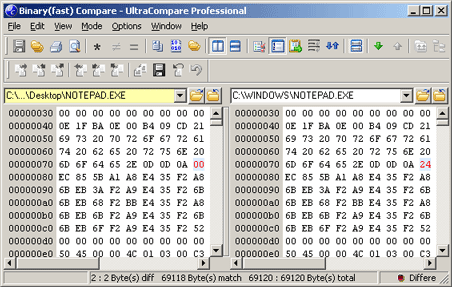

For example, to verify a SHA-256 checksum, use the sha256sum command. It is classified as a checksum for historical reasons, mainly because the first type of tamper evidence was considered a simple sum of bytes. To verify SHA checksums, type the name of the command for the hashing algorithm you want to use. These examples use the filenames md5sums.txt and sha512sums.txt. If you stored the checksums in a different file, use that filename instead.

At the command prompt, type one of the following commands based on the algorithm (MD5 or SHA) that was used to generate the checksums.To verify file checksums, follow these steps: To generate SHA checksums instead, replace md5sum with the appropriate SHA command.Īll A2 Hosting servers run Linux, and therefore include command line programs for verifying MD5 and SHA checksums. The shift of digit i is denoted by H (i). Shift Operation The shift table in Figure 2 defines the shift operation. The sum of two hexadecimal digits i and j is the. Similarly, to generate MD5 checksums for all of the files in the current directory and all directories beneath it, type the following command: find. Checksum Algorithm Sum Operation The addition table in Figure 1 defines the sum operation.
CHECKSUM ALGORITHM ZIP
zip files in the current directory, type the following command: md5sum *.zip > md5sums.txt For example, to generate MD5 checksums for all of the. You can also generate multiple checksums at once. The md5sums.txt (or sha512sums.txt) file now contains a file listing and associated checksums. To generate a SHA-512 checksum, you would type the following command: For example, to generate a SHA-256 checksum, use the sha256sum command. To generate an SHA checksum, type the name of the command for the hashing algorithm you want to use.


 0 kommentar(er)
0 kommentar(er)
